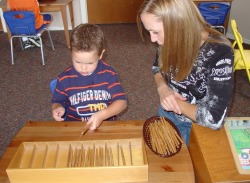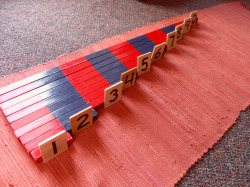The Montessori Preschool Program
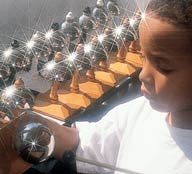
The Montessori preschool classroom is a "living room" for children. Children choose their work from among the self-correcting materials displayed on open shelves, and they work in specific work areas. Over a period of time, the children develop into a "normalized community," working with high concentration and few interruptions. Normalization is the process whereby a child moves from being undisciplined to self-disciplined, from disordered to ordered, from distracted to focused, through work in the environment. The process occurs through repeated work with materials that captivate the child's attention. For some children this inner change may take place quite suddenly, leading to deep concentration. In the Montessori preschool, academic competency is a means to an end, and the manipulatives are viewed as "materials for development."
Mathmatics
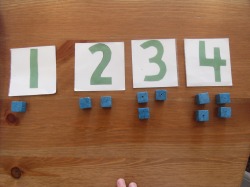
In the Montessori classroom the child's first introduction to numbers is made with a set of red and blue rods representing the quantities one through ten. They also learn with the spindle rods. In a separate box there are forty five spindles. The child puts one spindle in the compartment labeled ONE, two spindles with the label TWO, etc. The first compartment is labeled ZERO and this is the childs first introduction to this symbol. He usually wants to put a spindle in this compartment but has to learn the ZERO means none or nothing.
Practical Life
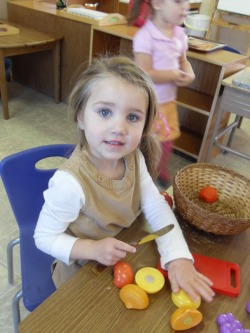
Reading
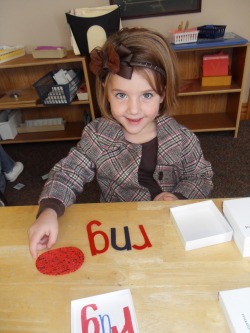
Word building
